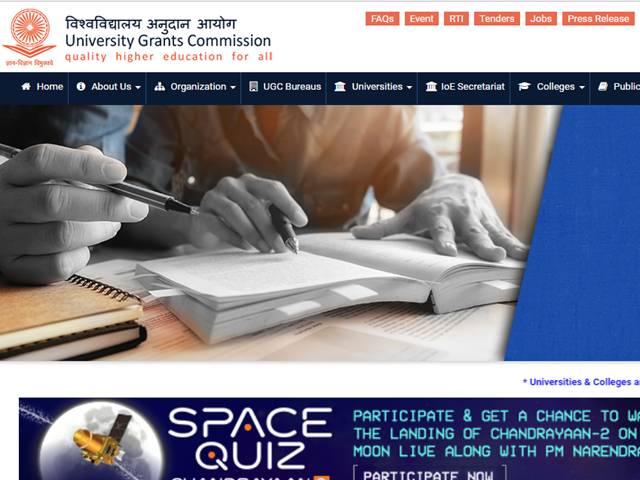
The value of India’s currency is continuously falling and between January to September 2018, the value of rupee has declined by 12 per cent. The depreciation of the rupee against the dollar has affected a large number of people especially who have expenses in foreign currency. People who plan on sending their children abroad for studies, or people whose wards are already studying overseas, are the ones who are hit particularly hard.
People generally take an education loan to fund their expenses for foreign studies. However, with the depreciation of the rupee, the expenses are likely to increase. In times as such parents/students fall short of money and apply for an additional education loan to fund expenses.
Experts suggest one should opt for a top-up loan in case one needs more money to fund one’s study abroad. It is better to apply for this loan from your existing bank, from where they have already taken an educational loan. This way it will be easier for you to get a loan approval without much hassle.
Sanctioning an additional loan/ top-up loan, however, depends on the maximum loan eligibility and the current outstanding amount you have. For instance, if you were eligible for a loan of Rs 50 lakh but you had opted for a loan of only Rs 35 lakh, you still have Rs 15 lakh that you are eligible to opt for. Also, from the Rs 35 lakh, if you have already paid Rs 10 lakh, your total eligibility also increases to 25 lakh.
Other banks or NBFCs like HDFC’s Credila or Avanse also might give you a loan at a better interest rate, in case your current bank refuses to meet the additional funding requirement. Instead of taking a fresh loan from the new bank, you can also opt for a transfer of your existing loan from your old bank to the new bank. All banks, however, do not offer top-up loans. The sanctioning of an additional loan or a top-up loan depends on the bank’s policies.
The amount of education loan, in the case of secured loan, is linked to the cost of education, and to the value of the collateral provided. The interest rate on a top-up loan is higher than existing loans, which can be either in fixed or floating rate. Normally, the interest rate varies between 12-15 per cent on top-up loans. Various other factors like the loan tenure, loan amount availed, experience, market conditions, student’s academic record, and the educational institute, are also considered while deciding the interest rate.
Apart from the higher interest rate which depends on the applicant and the co-borrowers merit and credit-worthiness, while opting for a top-up loan, you might also have to provide additional collateral. With additional collateral, your Loan To Value (LTV) ratio will also increase, which might help you in getting get a competitive rate of interest.
[“source=financialexpress”]

